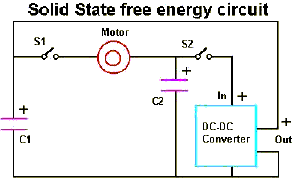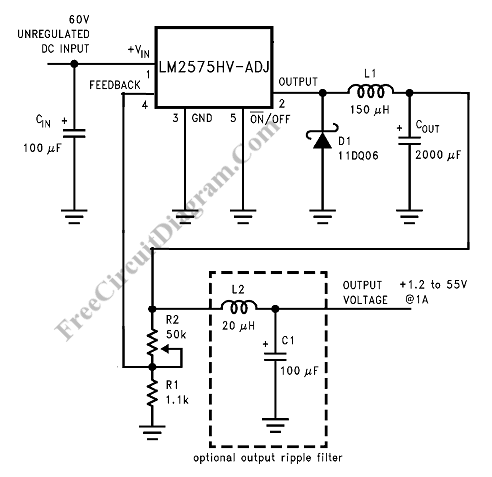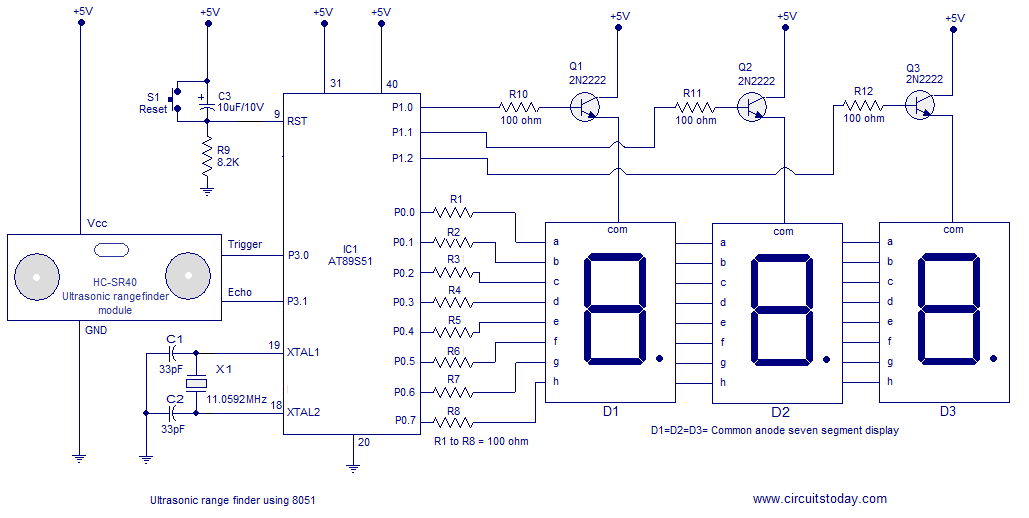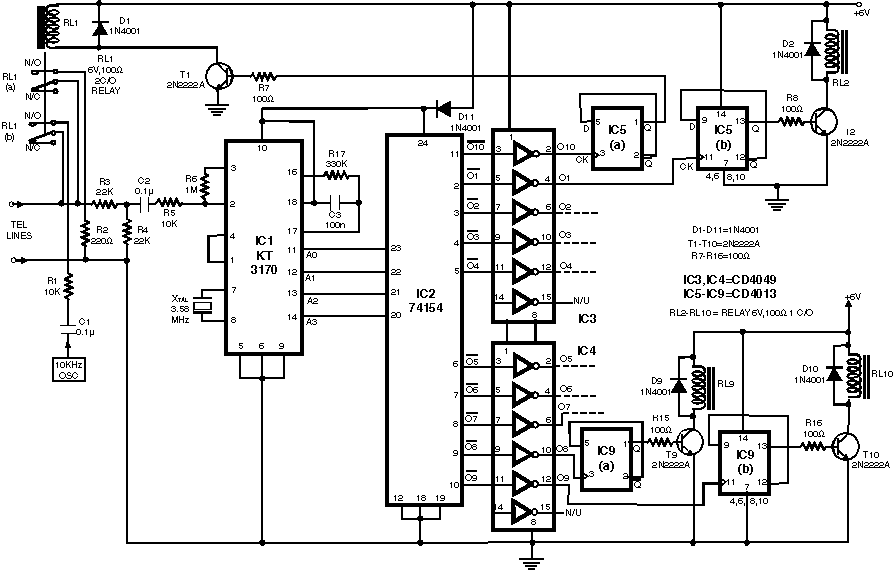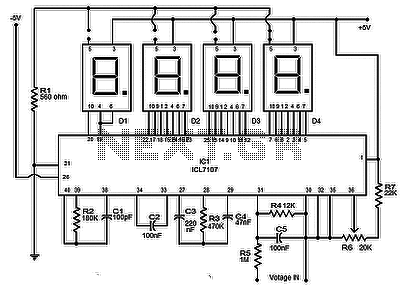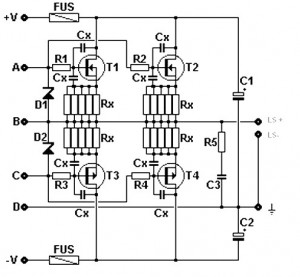
Using Solid State Switches Instead of Mechanical Relays
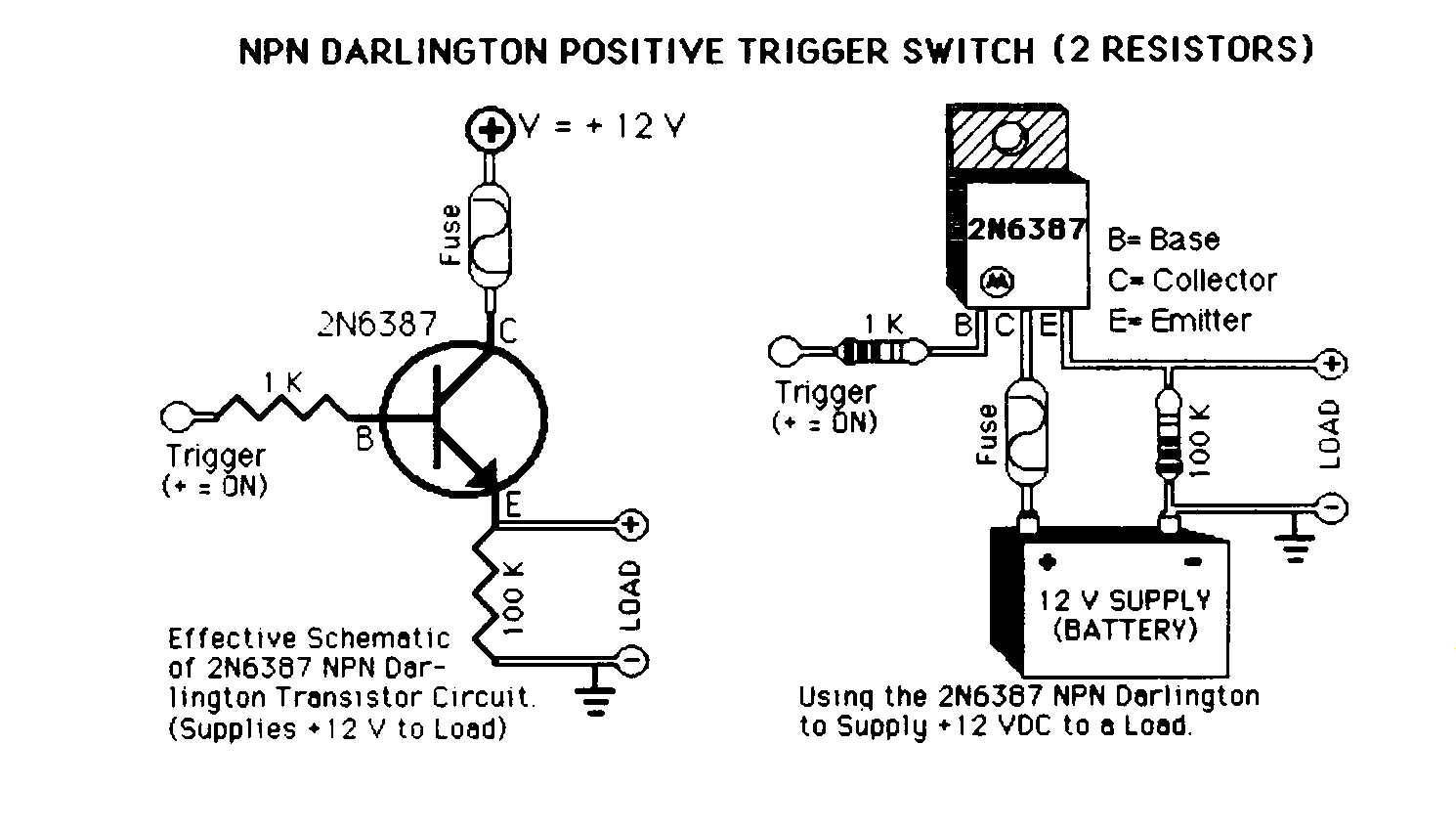
Mechanical 12 Volt DC automotive relays are commonly used in the car audio industry to activate amplifiers, lock doors, and roll up windows. However, solid-state switches provide an alternative method for activating these loads. The reliance on mechanical relays, despite their dependability, poses certain limitations. For instance, the coil of a typical automotive relay has a DC resistance of approximately 83 Ohms, resulting in a current draw of over 140 mA from a 12 Volt source. While this current may not appear significant, many car audio components and sensitive vehicle accessories may not be able to supply this amount of current. Additionally, when multiple relays are connected to the same trigger output, the combined resistance increases the required trigger current. Other considerations for moving away from mechanical relays include cost, space, installation labor, and the audible clicking sound they produce. A quality SPDT automotive 12 Volt relay generally costs around $2.25 at the dealer level and $6.00 or more at retail. Including the cost of terminal connectors and the physical space occupied by relays, which is at least three cubic inches each, one might explore alternative methods.
Transistors, while not new technology, offer a fresh application in car audio installations. This discussion will focus on their use as on/off switches. The recommended transistors for this purpose are the 2N6387 NPN Silicon Darlington Power Amplifier and its complementary 2N6667 PNP Silicon Darlington Power Amplifier. A Darlington transistor comprises two transistors in a single package, but this discussion will concentrate on the effective NPN or PNP features. The 2N6387 serves as an ECG263 replacement and is widely available at electronic parts suppliers, while the 2N6667 corresponds to ECG264. Both transistors are housed in a TO-220 package with the tab functioning as the collector, necessitating careful mounting to prevent contact with the car chassis. Insulated heat sinks are recommended, and these components can also be sourced from Mouser Electronics, where the 2N6387 and 2N6667 are priced around $1.00 and $2.00, respectively. If the 2N6387 is unavailable, the MJE-3055 from Radio Shack can be used in its place, though it may not perform as optimally in all scenarios.
Theoretically, these Darlington transistors can manage up to 10 Amps through their collector-emitter junctions. Given their gain exceeds 1000, the base current through a 1 K-Ohm resistor would be approximately 10 mA maximum. The circuit schematics illustrate three distinct applications. The two-resistor, positive trigger circuit supplies +12 Volt DC to a load that is grounded. The one-resistor, positive trigger circuit provides a ground to a load already connected to a +12 VDC source. Although this configuration may seem unconventional, it conserves a resistor while achieving the desired outcome. The complementary circuit utilizing the PNP 2N6667 connects +12 Volts DC from the emitter through to the collector when the base voltage is low. Conversely, when the base receives +12 Volt DC, it activates the circuit.Mechanical 12 Volt DC automotive relays are used throughout the car audio industry to turn on amplifiers, lock doors, roll ‘up windows, etc. However, there is another way to activate such loads, and that way is to use solid state switches. Why would anyone want to replace a mechanical relay that is so depend able Well, for starters, the coil in
a typical automotive relay has a DC re sistance of around 83 Ohms. This would yield a current of over 140 mA with a 12 Volt source. Although this 140 mA may not seem like a large amount of current, there are many car audio components, as well as sensitive vehicle accessories, that cannot supply even this much current. And when multiple relays are connected to the same trigger output, the com bined resistance increases the trigger current.
Other reasons for seriously re considering the use of mechanical relays would have to include cost, space, installation labor, and the annoying click, click, clicks. The cost of a good quality SPDT automotive 12 Volt relay is typically around $2. 25 each at the dealer level and $6. 00 or more at the retail level. Add to this the cost of the terminal connectors (relays are at least four terminal devices), and the fact that relays take up at least three cubic inches each and you might be interested in at least trying a new method.
And now for the new method. Actually transistors have been around for over 40 years and there is really not much of anything that is new about them. It is only their applica tion in car audio installations that might be considered as new. Rather than get into a discussion of how transistors work, what they do, etc. , let`s just jump to one particular application ‘ switching energy on and off. Our choice for a good transistor on / off switch is the 2N6387 NPN Silicon Darlington Power Amplifier and its complement, the 2N6667 PNP Silicon Darlington Power Amplifier.
A Darlington transistor is actually con structed of two transistors in a single package, but for this article we will only be concerned with the effective NPN or PNP features of the transistors. The 2N6387 is also an ECG263 replacement part and is available at electronic parts houses across the nation.
The 2N6667 is an ECG264 replacement part. Both transistors are packaged in the TO ‘220 configuration AND THE TAB IS ALSO THE COLLEC TOR. This means that extra care must be taken when mounting the transis tors so that the tabs do not touch the chassis of the car! Insulated heat sinks are available at electronic part houses. Be careful. Another good source for these transistors would be Mouser Electron ics. Their phone number is 800 ‘346 6873 and the correct part numbers are 511 ‘2N6387 and 570 ‘2N6667. The single quantity pricing is around $1. 00 and $2. 00 respectively. If you can`t find the 2N6387, Radio Shack sells their MJE-3055 in the T0-220 package. This part will work, but not quite as well in all applications. Theoretically, these Darlington transistors can handle up to 10 Amps through their Collector ‘Emitter junctions.
Since they have a gain of over 1000, this means that the base current, through the 1 K ‘Ohm resistor, would be something around 10 mA maximum. WOW! The circuit schematics are drawn next to their pictorial illustrations. There are three different applications depicted. The two resistor, positive trigger circuit will provide +12 Volt DC to a load that is grounded. The one resistor, positive trigger circuit will provide a ground to a load that is already connected to a source of + 12 VDC.
This circuit may seem a little backwards, but it saves a resistor and still gets the job done. (This configuration is Richard Clark`s favorite. ) And now for the complementary circuit using the PNP 2N6667. This transistor will connect +12 Volts DC from the Emitter on through to the Collec tor when the Base swings low. On the other hand, when the trigger at the Base gets +12 Volt DC, th 🔗 External reference
Transistors, while not new technology, offer a fresh application in car audio installations. This discussion will focus on their use as on/off switches. The recommended transistors for this purpose are the 2N6387 NPN Silicon Darlington Power Amplifier and its complementary 2N6667 PNP Silicon Darlington Power Amplifier. A Darlington transistor comprises two transistors in a single package, but this discussion will concentrate on the effective NPN or PNP features. The 2N6387 serves as an ECG263 replacement and is widely available at electronic parts suppliers, while the 2N6667 corresponds to ECG264. Both transistors are housed in a TO-220 package with the tab functioning as the collector, necessitating careful mounting to prevent contact with the car chassis. Insulated heat sinks are recommended, and these components can also be sourced from Mouser Electronics, where the 2N6387 and 2N6667 are priced around $1.00 and $2.00, respectively. If the 2N6387 is unavailable, the MJE-3055 from Radio Shack can be used in its place, though it may not perform as optimally in all scenarios.
Theoretically, these Darlington transistors can manage up to 10 Amps through their collector-emitter junctions. Given their gain exceeds 1000, the base current through a 1 K-Ohm resistor would be approximately 10 mA maximum. The circuit schematics illustrate three distinct applications. The two-resistor, positive trigger circuit supplies +12 Volt DC to a load that is grounded. The one-resistor, positive trigger circuit provides a ground to a load already connected to a +12 VDC source. Although this configuration may seem unconventional, it conserves a resistor while achieving the desired outcome. The complementary circuit utilizing the PNP 2N6667 connects +12 Volts DC from the emitter through to the collector when the base voltage is low. Conversely, when the base receives +12 Volt DC, it activates the circuit.Mechanical 12 Volt DC automotive relays are used throughout the car audio industry to turn on amplifiers, lock doors, roll ‘up windows, etc. However, there is another way to activate such loads, and that way is to use solid state switches. Why would anyone want to replace a mechanical relay that is so depend able Well, for starters, the coil in
a typical automotive relay has a DC re sistance of around 83 Ohms. This would yield a current of over 140 mA with a 12 Volt source. Although this 140 mA may not seem like a large amount of current, there are many car audio components, as well as sensitive vehicle accessories, that cannot supply even this much current. And when multiple relays are connected to the same trigger output, the com bined resistance increases the trigger current.
Other reasons for seriously re considering the use of mechanical relays would have to include cost, space, installation labor, and the annoying click, click, clicks. The cost of a good quality SPDT automotive 12 Volt relay is typically around $2. 25 each at the dealer level and $6. 00 or more at the retail level. Add to this the cost of the terminal connectors (relays are at least four terminal devices), and the fact that relays take up at least three cubic inches each and you might be interested in at least trying a new method.
And now for the new method. Actually transistors have been around for over 40 years and there is really not much of anything that is new about them. It is only their applica tion in car audio installations that might be considered as new. Rather than get into a discussion of how transistors work, what they do, etc. , let`s just jump to one particular application ‘ switching energy on and off. Our choice for a good transistor on / off switch is the 2N6387 NPN Silicon Darlington Power Amplifier and its complement, the 2N6667 PNP Silicon Darlington Power Amplifier.
A Darlington transistor is actually con structed of two transistors in a single package, but for this article we will only be concerned with the effective NPN or PNP features of the transistors. The 2N6387 is also an ECG263 replacement part and is available at electronic parts houses across the nation.
The 2N6667 is an ECG264 replacement part. Both transistors are packaged in the TO ‘220 configuration AND THE TAB IS ALSO THE COLLEC TOR. This means that extra care must be taken when mounting the transis tors so that the tabs do not touch the chassis of the car! Insulated heat sinks are available at electronic part houses. Be careful. Another good source for these transistors would be Mouser Electron ics. Their phone number is 800 ‘346 6873 and the correct part numbers are 511 ‘2N6387 and 570 ‘2N6667. The single quantity pricing is around $1. 00 and $2. 00 respectively. If you can`t find the 2N6387, Radio Shack sells their MJE-3055 in the T0-220 package. This part will work, but not quite as well in all applications. Theoretically, these Darlington transistors can handle up to 10 Amps through their Collector ‘Emitter junctions.
Since they have a gain of over 1000, this means that the base current, through the 1 K ‘Ohm resistor, would be something around 10 mA maximum. WOW! The circuit schematics are drawn next to their pictorial illustrations. There are three different applications depicted. The two resistor, positive trigger circuit will provide +12 Volt DC to a load that is grounded. The one resistor, positive trigger circuit will provide a ground to a load that is already connected to a source of + 12 VDC.
This circuit may seem a little backwards, but it saves a resistor and still gets the job done. (This configuration is Richard Clark`s favorite. ) And now for the complementary circuit using the PNP 2N6667. This transistor will connect +12 Volts DC from the Emitter on through to the Collec tor when the Base swings low. On the other hand, when the trigger at the Base gets +12 Volt DC, th 🔗 External reference
